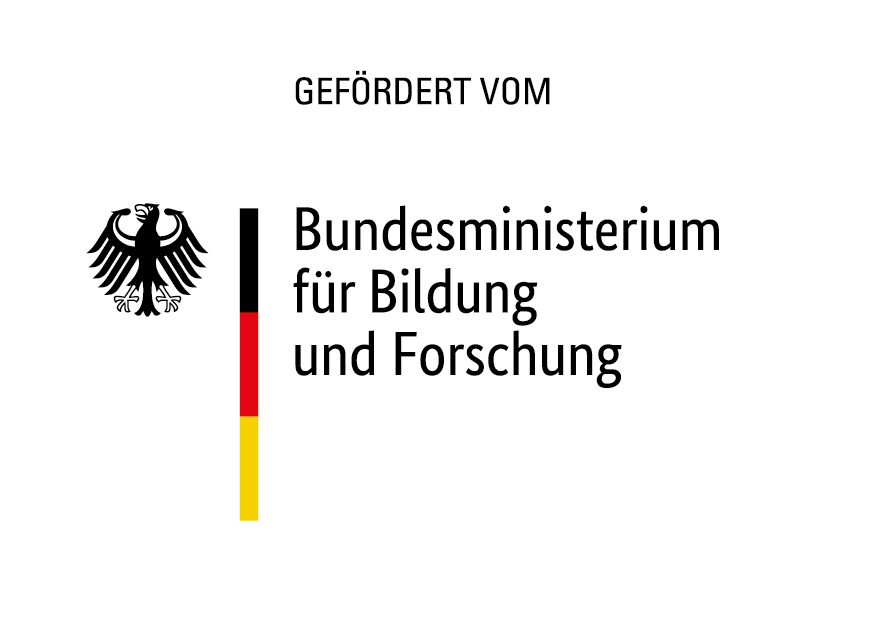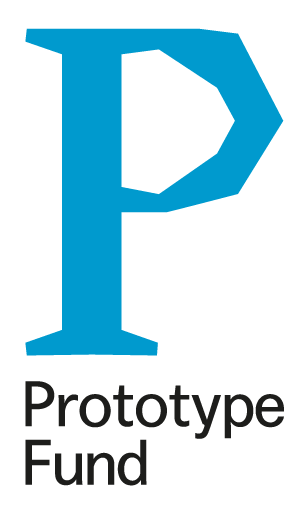Community Garden App
organize, manage, connect to local gardening initiatives
Milestones
For structuring time and tasks for our project runtime, we used a gantt chart. It helps us to check if we are in time with the progress we make, but sometimes, also a fixed project plan needs to be adjusted. This happened to us for example as a consequence to some user feedback we collected.

The following milestones are about to be reached by us until the end of 2020:
Analysis: We intentionally spent a lot of time in analyzing and doing some research, to continue as precisely as possible on the original draft in the application. For creating an idea of possible features of our application, we firstly exerted our heads, secondly asked the users about it, and finally wrote a list. Read more about this here or here. Meanwhile, a technical base was developed by choosing an UI-framework as well as testing our technology stack. We used all or our experience and also some learnings on the way.
UX testing: From the beginning, we prioritize the needs and opinions of our actual users. By the time, we created a small crowd of gardeners willing to support us by testing our prototypes and mockup even before some code happens.
The watering plan (UX+Code): The idea of the watering plan deals with the management of voluntary gardeners struggling to organize the watering especially in larger community gardens. We create a user-friendly interface for entering your availabilities in time and motivation aspects. This provides the data to calculate a fair and transparent plan on the fixed date. Gardeners get reminded, when they are supposed to water. Being logged in, you can also see who shares the pleasure of watering with you today - hoping that brings people together even more. Spontaneuous voluntaries are considered as well - they can give anonymous support even when not logged in.
What's up? (at least some Mock-Ups) This feature is planned to inform the gardener according to his certain needs about things going on or plans being made in the community garden.
And here is what we plan to do until the end of february:
Gardentime: A community garden is often a host for external organizations and associations. Also, of course, the gardeners themselves are meeting from time to time for gardening together, getting some work done or hang out together. This always leads to open as well as closed events that should be communicated properly to not interrupting each other. All of this is put togehter in the gardentime feature.
Harvest Me! This feature is planned to be used for submitting information around harvesting. What can be harvested right now or is going to be ready to crop in a short time? What might be ripe but is not to be picked by any hungry gardener? Where are seeds cultivated? Which plants totally went out of control and produced so much food that we just need to spread the message?
documentation of code and UX, if not already done
testing, testing, testing
writing the final report
Log book
version 1: app-framework, login, watering plan - See our demo here!
Community Garden App
organize, manage, connect to local gardening initiatives
Milestones
For structuring time and tasks for our project runtime, we used a gantt chart. It helps us to check if we are in time with the progress we make, but sometimes, also a fixed project plan needs to be adjusted. This happened to us for example as a consequence to some user feedback we collected.

The following milestones are about to be reached by us until the end of 2020:
Analysis: We intentionally spent a lot of time in analyzing and doing some research, to continue as precisely as possible on the original draft in the application. For creating an idea of possible features of our application, we firstly exerted our heads, secondly asked the users about it, and finally wrote a list. Read more about this here or here. Meanwhile, a technical base was developed by choosing an UI-framework as well as testing our technology stack. We used all or our experience and also some learnings on the way.
UX testing: From the beginning, we prioritize the needs and opinions of our actual users. By the time, we created a small crowd of gardeners willing to support us by testing our prototypes and mockup even before some code happens.
The watering plan (UX+Code): The idea of the watering plan deals with the management of voluntary gardeners struggling to organize the watering especially in larger community gardens. We create a user-friendly interface for entering your availabilities in time and motivation aspects. This provides the data to calculate a fair and transparent plan on the fixed date. Gardeners get reminded, when they are supposed to water. Being logged in, you can also see who shares the pleasure of watering with you today - hoping that brings people together even more. Spontaneuous voluntaries are considered as well - they can give anonymous support even when not logged in.
What's up? (at least some Mock-Ups) This feature is planned to inform the gardener according to his certain needs about things going on or plans being made in the community garden.
And here is what we plan to do until the end of february:
Gardentime: A community garden is often a host for external organizations and associations. Also, of course, the gardeners themselves are meeting from time to time for gardening together, getting some work done or hang out together. This always leads to open as well as closed events that should be communicated properly to not interrupting each other. All of this is put togehter in the gardentime feature.
Harvest Me! This feature is planned to be used for submitting information around harvesting. What can be harvested right now or is going to be ready to crop in a short time? What might be ripe but is not to be picked by any hungry gardener? Where are seeds cultivated? Which plants totally went out of control and produced so much food that we just need to spread the message?
documentation of code and UX, if not already done
testing, testing, testing
writing the final report
Log book
version 1: app-framework, login, watering plan - See our demo here!

